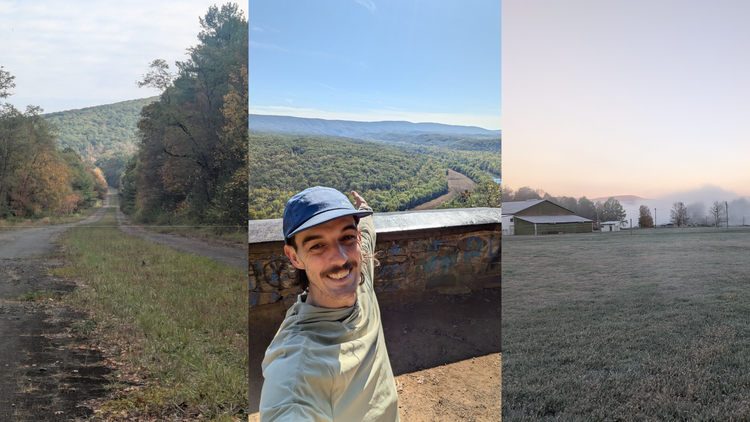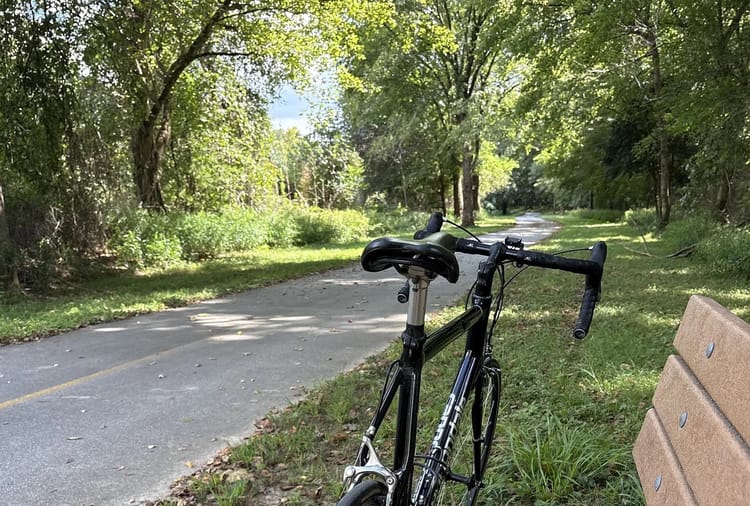Who Are the Interested But Concerned, and Why Are They So Important?

In the world of urban cycling and transportation planning, few frameworks have been as influential as Roger Geller's "Four Types of Cyclists" typology. Developed in 2006 while serving as the Bicycle Coordinator for the City of Portland, Oregon, Geller's categorization has fundamentally changed how we think about bicycle planning and, crucially, how we understand the true demand for safe cycling infrastructure. And, fun fact, at the time of this writing, Roger Geller is still the Bicycle Coordinator for the Portland Bureau of Transportation.
The mistake that most city planners and city leaders make when it comes to estimating or understanding the true demand for safe cycling infrastructure is basing estimates of demand on existing levels of cycling. Why is this approach misguided? Because it doesn’t factor in latent demand. What does latent demand mean in this context? Allow our friend Jeff Speck to explain via this compelling analogy from his book, "Walkable City":
Imagine two villages separated by a small, but crocodile-infested river. No one has been swimming across the river to get from one village to the other. Does that mean that there is no demand for a bridge, or some type of safe transportation between the villages? No, of course not. It simply means that no one, or almost no one, is willing to risk their life by swimming with the crocodiles to get across the river. Similarly, the small number of people currently cycling on dangerous streets is a poor indicator of how many would cycle if safe infrastructure existed.
This is where Geller's framework becomes particularly powerful. Through his years of experience working with Portland's cycling community, he identified four distinct groups, with one group emerging as the key to understanding cycling's true potential in our cities.
- The "Strong and Fearless" cyclists, estimated at less than 1% of the population, are the equivalent of those who might brave the crocodile-infested waters. They will ride regardless of roadway conditions. They are comfortable sharing the road with automotive traffic even in the absence of any bicycle-specific infrastructure.
- The "Enthused and Confident" group, approximately 7% of the population, represents cyclists who are comfortable riding in most conditions but prefer using dedicated bicycle infrastructure. While more numerous than the first group, they still represent a small fraction of the population.
- The most significant revelation of Geller's typology is the "Interested but Concerned" group, making up about 60% of the population. This massive group represents the latent demand for cycling infrastructure. These individuals like the idea of bicycling and may even own bikes, but they have significant concerns about safety, particularly when it comes to sharing the road with motor vehicles. They are waiting for their bridge across the crocodile-infested river – in this case, protected bike lanes and low-stress street networks that would allow them to feel safe while cycling.
- The final category, "No Way, No How," representing approximately 33% of the population, includes those who are currently not interested in bicycling for transportation, whether due to physical limitations, lack of interest, or other factors.
The validity of this framework, particularly the size of the "Interested but Concerned" group, was later confirmed through academic research by Jennifer Dill and her colleagues at Portland State University. In multiple studies, Dill found that the distribution of attitudes toward cycling closely matched Geller's original estimates. More importantly, her research confirmed that the "Interested but Concerned" group would indeed cycle more if they felt safer on the roads.
This understanding fundamentally challenges the common argument that "nobody bikes here" or "there's no demand for bike lanes." Again, these statements make the mistake of judging demand by current usage – equivalent to claiming there's no demand for a bridge because no one is swimming through the crocodiles. The reality is that the majority of people would consider cycling if they felt safe doing so.
For transportation planners and advocates, this insight is crucial. We cannot base our infrastructure decisions solely on current cycling levels, which reflect only the small percentage of riders willing to brave hostile street conditions. Instead, we must plan for the much larger group of potential cyclists who are understandably waiting for safe infrastructure before they'll ride.
As Raleigh and other cities continue to deal with challenges related to climate change and public health, understanding and accommodating this latent demand becomes increasingly important. When city leaders and planners invest in safe, connected cycling infrastructure, they're not serving a tiny minority of existing cyclists – they're actually responding to the needs and desires of the majority of their citizens. That 60% of "Interested but Concerned" residents represents parents who would love to bike to school with their children, seniors who would enjoy cycling to the park, commuters who would prefer to bike to work, and students who want to independently reach their activities.
By building networks of protected bike lanes, neighborhood greenways, and other safe cycling infrastructure that connects people to their destinations, city leaders fulfill their mandate to serve the broader public interest. They're not just creating transportation options – they're enabling a healthier, more sustainable, and more equitable way of life that the majority of their constituents would choose if given the genuine opportunity to do so.
Geller's enduring contribution reminds us that to build truly bicycle-friendly cities, we must look beyond current cycling levels and plan for the majority who would cycle if they felt safe doing so. The bridge needs to be built before people will cross, and when city leaders commit to building that bridge, they're acting on behalf of the clear majority of their citizens who are simply waiting for safe conditions to ride.





Comments ()